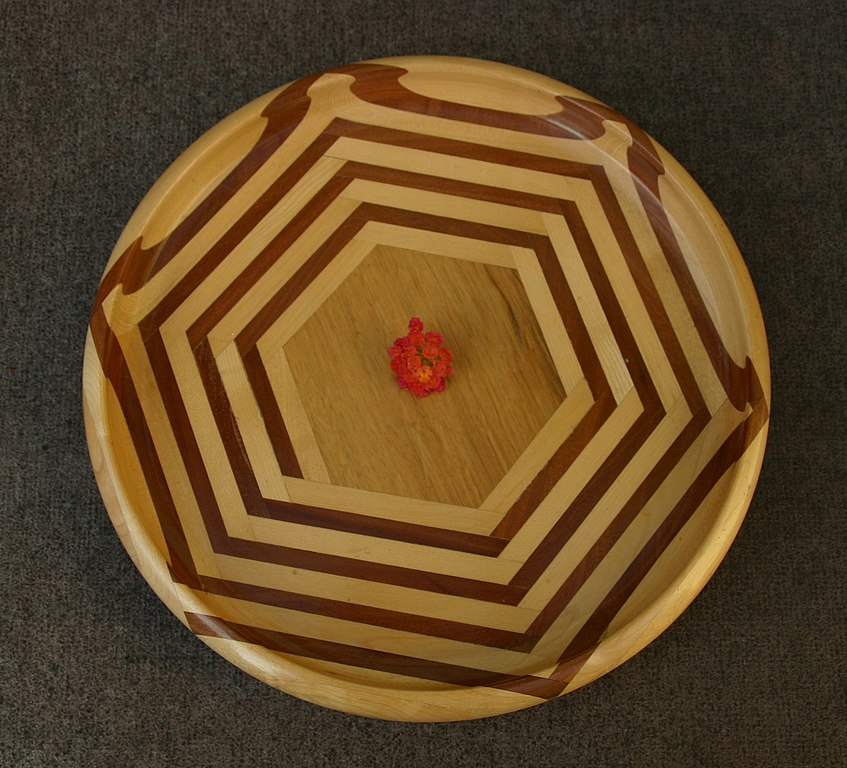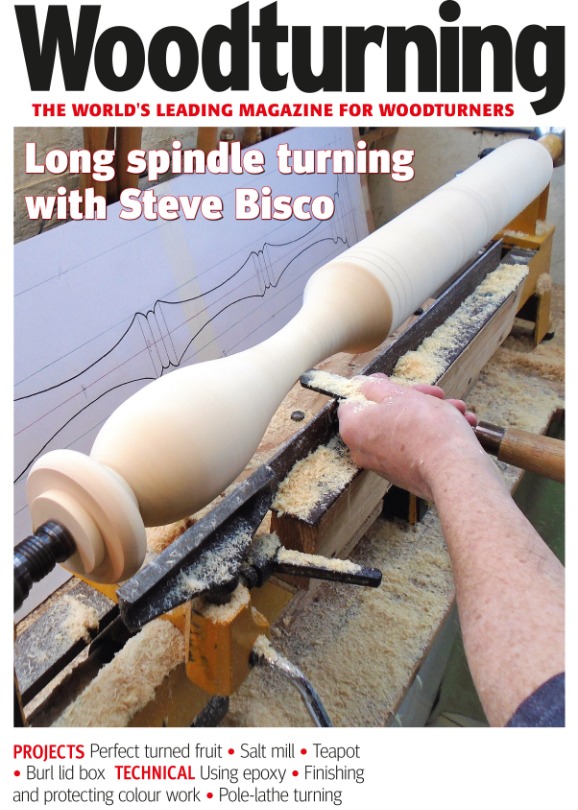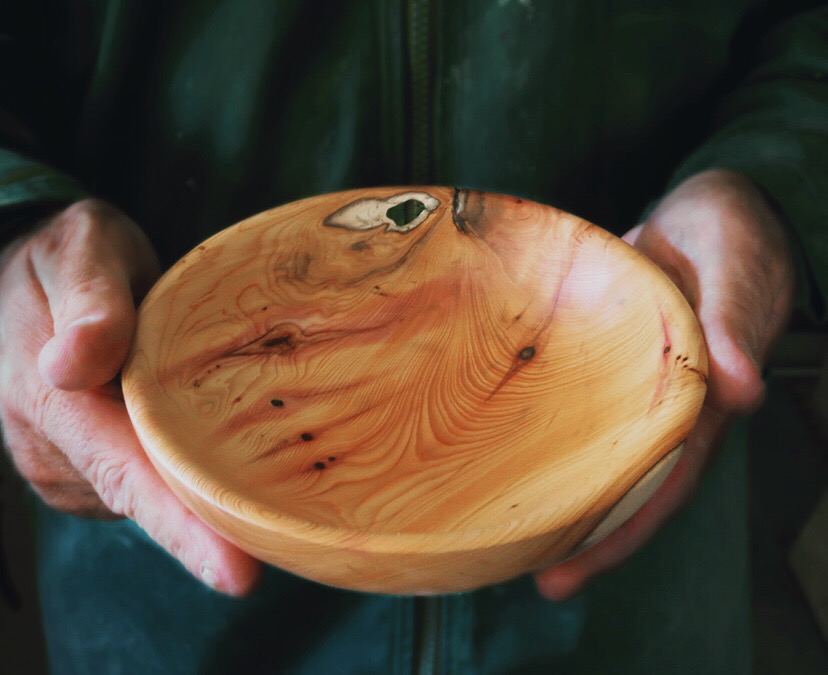
The perfect accessory to polish rotary tools is the 5/8"x11". female thread backing plate for wool buffing pad foam and wool pads. The backing plate is durable and made of high-quality, polyurethane. It dampens the vibrations of the polisher. The surface is uniform and balanced, and the Velcro(r) fasteners are permanently molded into the polyurethane. These pads will last for many years and keep your polisher in top shape.
The heat-resistant properties of SURLYN wool pads are protected by the backing of wool
The thermoplastic polymer backing of the SURLYN wool buffing pad provides extra strength and durability. Compared to conventional backing, SURLYN wool pads can last up to twice as long. This technology is the latest in polymer engineering, and it outperforms any wool pad in the past. In addition to its polymer backing, SURLYN backed wool pads are compatible with a 7-inch rotary backing plate.
Presta hook-and-loop pads give luster and shine
Presta hook & loop wool buffing pad are a great option to give your automobile that final shine. These pads are available in a variety of styles including traditional and bolt-on styles as well as more modern options. They differ in how aggressive they are, which is dependent on the type of material. Wool buffing pads tend to be more aggressive that their foam and microfiber counterparts.
These wool buffing pad are machine washable and made of high-quality hook and loop material. These buffing pads are made for various types of polishing, from coarse to fine. Depending on what type of polish you are looking for, you can choose between white and orange wool pads for coarse polishing and black and blue wool pads for fine polishing. These wool pads are also great for applying wax or sealants.
Marine 31 wool pads come in sizes 6.5 and 7.75 inches
Marine 31 wool buffing plates are made for circular polishers equipped with a 6 in DA (or rotary backing plate). They are thickly twisted and can remove heavy oxidation, stains, and other metal stains. Two sizes are available for Marine 31 wool buffing pad: 6.5 and 7.75 inches. These pads should be dried and not used with pad conditioner.

FLEX PE14-2250 Marine 31 Boat Oxidation Removal Kit offers the strength and durability required to restore boat finishes that have been neglected. This tool is ideal for dealing with the most difficult marine oxidation due to its lightweight design and heavy-duty motor. They shine brightly and require very little dusting. They can be used with CCS Foam Polishing Pads as well as Lake Country Wool Buffing Pads.
Marine 31 wool pad works with any rotary polisher
The Marine 31 wool pads will work well with a rotary polisher. They feature a 100% wool pile, a hook and cord backing and are made from 100% wool. These pads work with any brand of rotary polisher. These pads are best used for both rotary polishers and DA. You can find more information in the product's instructions. This polisher pads is for use with a 6 inch rotary backing plate.
Any rotary sander can use Marine 31 wool pads. These pads are extremely durable and have a unique design that prevents tearing. This pad is different from other pads because the marine wool is twisted to keep a consistent cut. This type pad is ideal for vehicles with high oxidation and swirls. These pads are available in 6.5 inch and 7.5 inches sizes.
Marine 31 ElectrifiedSheepskin Final Polishing Gel

This marine polisher wool pad is made from top-quality wool and permanently adhered to the backing. The yarns have been tightly twisted to ensure an even cut. They remove heavy metal oxidation and stains. They also have a 1" thread length. These pads come in sizes 6.5 and 7.75 inches. These pads are perfect for marine polishers with a 6 in DA (or rotary backing plate).
FAQ
Where do I start with woodworking?
The best way to learn how to build furniture is by building furniture. While you will need tools, mistakes are inevitable, but you will learn the ropes if you persevere.
You should first choose the project you wish to complete. You could make something as simple or complex as a box. Or you could build a whole entertainment center. Once you have settled on a specific project, it is time to find a woodworker in your area who is experienced in such work. Ask him or her for advice on what tools you'll need and where to find them. It's possible to ask your friend if they do this type of work.
Can I make my living doing this job?
Yes! Many woodworkers do. According to the U.S. Bureau of Labor Statistics (BLS), the median annual wage for woodworkers was $34,000 in May 2012. This is much higher than the national median of $31,000 per annum.
How can I organize my shop?
To keep your workshop tidy and organized, you should first create a place for tools storage. Keep your tools away from dust and debris, so they stay sharp and ready to work. Pegboard hooks can be used to hang tools and accessories.
Statistics
- Overall employment of woodworkers is projected to grow 8 percent from 2020 to 2030, about as fast as the average for all occupations. (bls.gov)
- Woodworkers on the lower end of that spectrum, the bottom 10% to be exact, make roughly $24,000 a year, while the top 10% makes $108,000. (zippia.com)
- If your lumber isn't as dry as you would like when you purchase it (over 22% in Glen Huey's opinion…probably over 10-15% in my opinion), then it's a good idea to let it acclimate to your workshop for a couple of weeks. (woodandshop.com)
- Most woodworkers agree that lumber moisture needs to be under 10% for building furniture. (woodandshop.com)
External Links
How To
How to stain wood
The process of staining wood involves the application of chemicals to the wood's surface, which causes it to change its color. The wood will turn from white to brownish-red due to the chemical reaction. While oak is the most widely used type of wood for staining purposes, other types of wood are also available.
There are many ways to stain wood surfaces. Some methods involve mixing the stain with a solvent (such as turpentine) and then brushing or spraying the mixture onto the wood. Others use a solution made up of water and dye, which is then applied directly onto the wood. You can also mix stains with varnishes or paints so that they become part the finish coating.
Preparing the surface is the most important step in staining wooden surfaces. To apply the stain, clean the wood completely. Sanding can smoothen out scratches and uneven spots. The next step is to choose the stain type you want. There are two main types of stain: non-penetrating and penetrating. Penetrating stains penetrate deeper than non-penetrating stains, which makes them great for dark colors like mahogany. Non-penetrating stains work best with light colors like maple.
You will need to decide on the type of stain you want to use, and then prepare your tools. The best tool for applying stains is a paintbrush. It allows you to evenly distribute the liquid over the surface. It is a good idea to have rags on hand in case you need them to clean up any stains that may remain after you have finished painting. If you plan to mix the stain yourself, make sure you have enough containers available to hold the different components of the mixture.
After you have prepared the materials, you can clean the area where you want to stain the wood. Use soap and warm water to remove dust and grime. You can wipe down the entire furniture using a damp rag with clean water. You should remove any debris, especially if your plan is to stain darker wood.
Apply the stain. Next, apply the stain to the furniture by starting at one end. Slowly and carefully work your way along the grain to reach the opposite end. You must be careful not to allow the stain to drip off the wood's edges. Before you proceed with the next steps, let the stain dry completely.
Apply a clear polyurethane sealant to protect the painted surface. Three coats are recommended for polyurethane. Allow the third coat, which should dry overnight, to dry before sanding.